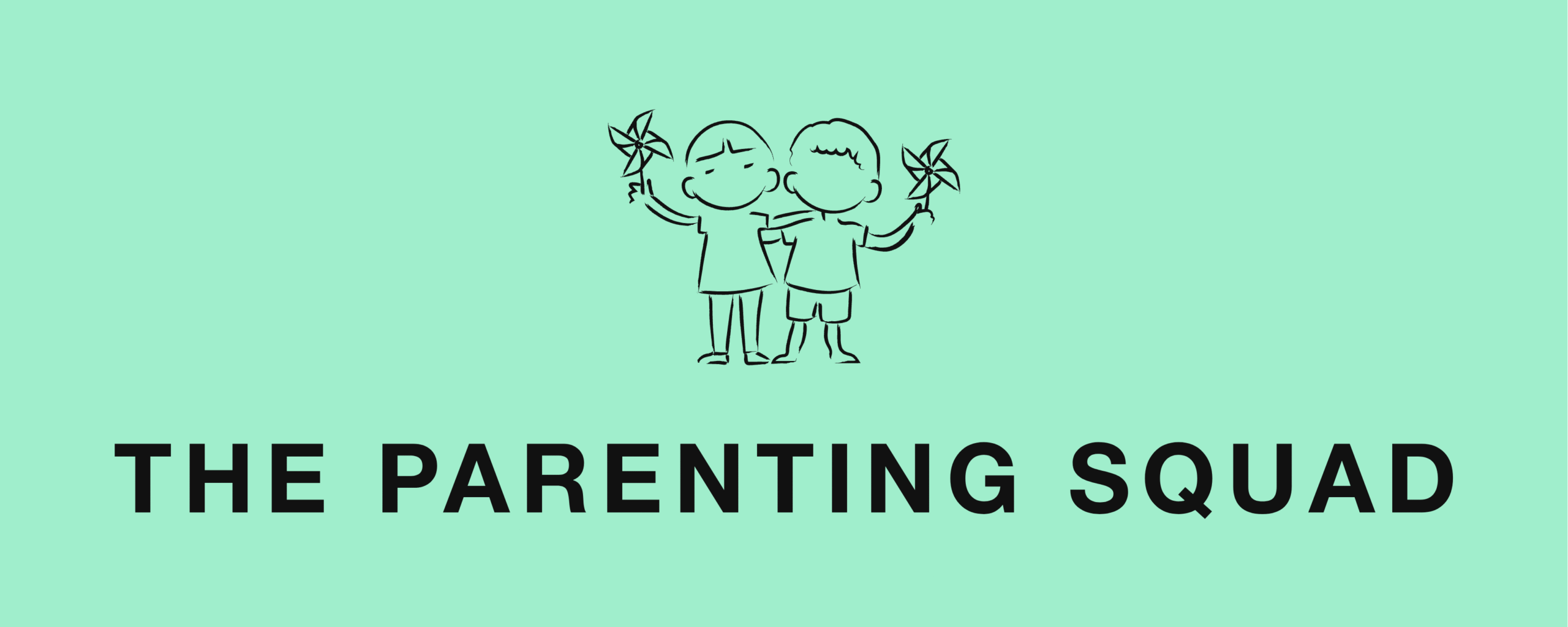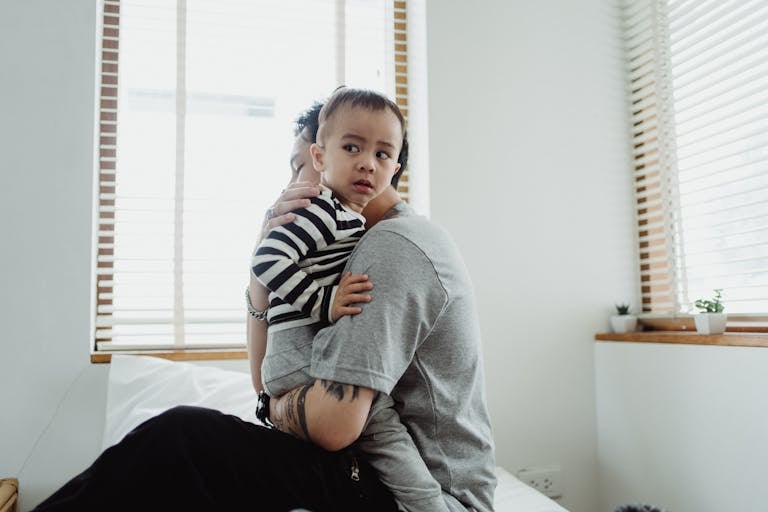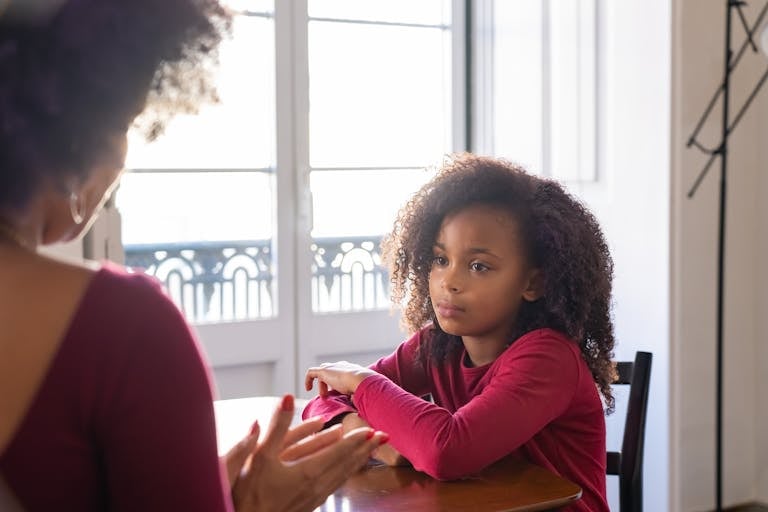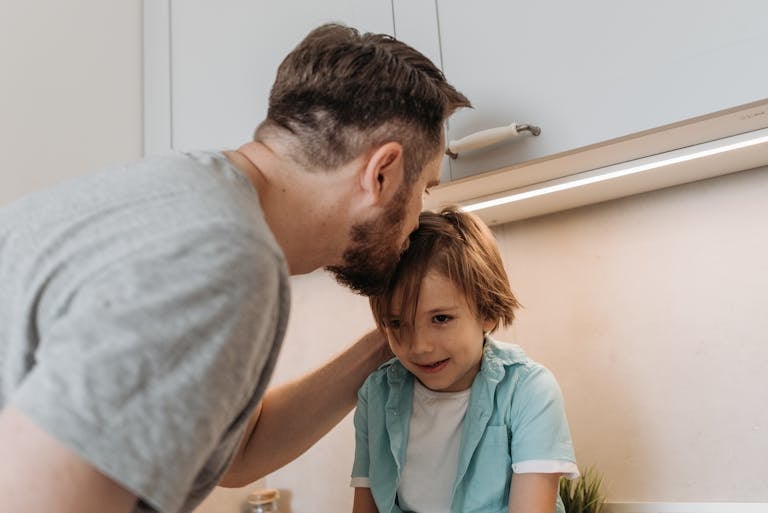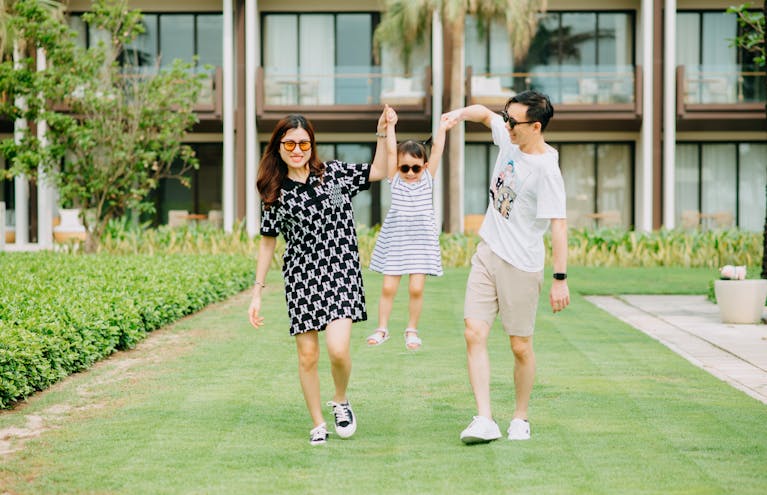Transform Your Home Into a Peaceful Haven: A Parent’s Guide to Conscious Discipline
Traditional discipline often feels like we’re constantly putting out fires rather than preventing them. You know the drill: your child melts down, you react, everyone ends up frustrated, and somehow you’re back in the same cycle tomorrow.
Enter conscious discipline—a game-changing approach that builds emotional intelligence while actually creating calmer households. Instead of focusing on punishment and control, this practice emphasizes connection and understanding. Many parents and educators find that conscious discipline is a better way to foster cooperation and positive behavior than traditional discipline methods. The best part? It works for both you and your kids.
Think of it this way: conscious discipline helps you become your child’s emotional GPS. Just like you can’t guide someone to their destination when you’re lost yourself, you can’t help your child navigate big feelings when you’re drowning in frustration.
Ready to transform those daily battles into opportunities for connection? We’ll walk through everything you need to know—from setting up your space to handling bedtime meltdowns with grace. Let’s dive into creating the peaceful home you’ve been dreaming of.
What Is Conscious Discipline? (And Why It’s Not Just Another Parenting Trend)
Conscious discipline is an emotional intelligence-based approach that puts connection before correction. In addition to its focus on emotional intelligence, conscious discipline plays a vital role in education by fostering essential life skills and supporting a positive learning environment. Rather than asking “How do I make my child behave?” it asks “What is my child trying to communicate, and how can I help them learn?”
Here’s what makes it different from traditional punishment-based methods: instead of focusing on consequences and control, conscious discipline teaches both parents and children how to manage emotions effectively. The core principle? You manage your own emotions first, then help your child regulate theirs.
Think of yourself as your child’s emotional GPS—you can’t guide them to calm if you’re lost in frustration yourself. When we stay regulated during challenging moments, we model the exact behavior we want to see from our children.
This isn’t about being permissive or letting kids run wild. It’s about setting clear, loving boundaries while teaching emotional skills that last a lifetime. Your child learns not just what to do, but how to think through problems and manage their feelings independently. Conscious discipline supports healthy child development and is a key component of social-emotional learning, helping children build self-regulation, empathy, and strong relationship skills.
The Science Behind Why Conscious Discipline Actually Works
When children are stressed or overwhelmed, their brains literally can’t access the areas responsible for logical thinking and self-control. It’s like trying to have a rational conversation with someone who’s running from a bear — the survival brain has taken over. In this ‘survival state’, the brain is focused on fight, flight, or surrender responses, making it difficult to think rationally or regulate emotions.
Conscious discipline works because it recognizes this brain science. Through emotional co-regulation (when you stay calm to help your child find calm), you’re actually helping wire their developing brain for better self-regulation skills. Conscious discipline helps children move from the survival state to the executive state, where they can problem-solve, make decisions, and respond thoughtfully rather than react impulsively.
Research shows children who experience this approach demonstrate improved behavior, stronger parent-child bonds, and better emotional resilience. Recognizing a child’s emotional state is key to understanding and responding to certain behaviors, allowing adults to guide children toward healthier self-regulation. They learn to recognize their feelings, communicate their needs, and solve problems collaboratively.
Instead of sending a tantrum-throwing child to time-out (which can increase stress), a conscious discipline approach might look like: “I see you’re really upset about the broken cracker. That’s frustrating! Let me help you take some deep breaths, and then we can figure this out together.” Same boundary (we don’t throw food), completely different learning experience.
Setting Up Your Home for Success: Creating the Foundation
Designing Your Physical Space
Your environment plays a huge role in everyone’s emotional regulation. Consider creating a calm-down corner — not as punishment, but as a cozy retreat where anyone (yes, including you!) can go to reset.
This doesn’t need to be elaborate. A soft cushion, a basket with a few comfort items, maybe some books about feelings. Remove overstimulating elements where possible: too much visual clutter can make it harder for both kids and adults to stay calm.
Keep comfort items easily accessible. That might mean keeping tissues at kid-height, having a stress ball in the kitchen drawer, or posting a feelings chart where everyone can see it.
Establishing School Family Values and Expectations
Instead of a long list of “don’ts,” focus on creating family rules centered on safety and respect. For example: “In our family, we keep our bodies safe, we use kind words, and we help each other.” It’s important to have a plan that all caregivers can follow, so everyone is consistent in reinforcing your family’s values and expectations. Consistent adult behavior and clear routines help support your child’s sense of security and well-being.
Practice positive language shifts. Instead of “Stop yelling!” try “I can see you have something important to say. Can you help me understand by using your inside voice?”
Age-appropriate expectations might look like this: Toddlers need simple, concrete boundaries. Preschoolers can start learning about feelings and simple problem-solving. School-age kids can participate in creating family agreements and understand natural consequences. When focusing on family rules, prioritize what really matters in your values—such as safety, respect, and kindness—rather than getting caught up in minor issues.
Daily Routines That Build Emotional Intelligence
Morning Mindfulness Moments
Start your day with simple breathing exercises the whole family can do together. Try “smell the flower, blow out the candle” breathing with younger kids, or a quick gratitude round where everyone shares one thing they’re looking forward to.
These don’t need to take long — even five minutes of intentional connection can set a calmer tone for the entire day. The key is consistency, not perfection.
Meal Time Connection Rituals
Meals offer perfect opportunities to build emotional vocabulary. Try conversation starters like “What made you feel proud today?”, “Tell me about a time you helped someone,” or “Who did you play with or make friends with today?” Mealtime conversations can also help children develop empathy by encouraging them to listen to and understand others’ feelings.
When mealtime meltdowns happen (and they will!), remember that a hungry, tired child isn’t capable of rational thinking. Acknowledge their feelings first: “You’re really upset about the touching foods. That’s hard!” Then problem-solve together once everyone’s calmer.
Create calm eating environments by reducing distractions and focusing on connection. Sometimes that means accepting that dinner conversations with a two-year-old involve more giggling than deep philosophical discussions—and that’s perfectly fine.
Bedtime Reflection Practices
End the day by helping children process their emotions. For younger kids, this might be as simple as “What made your heart happy today?” For older children, you might explore both highlights and challenges.
Teach calming techniques like progressive muscle relaxation or visualization. A simple script might be: “Let’s help your body get sleepy. Squeeze your toes tight, then let them relax…” Bedtime routines also provide a necessary break for both children and parents, allowing everyone to pause and recharge.
When difficult bedtime conversations arise, remember that tired children often save their biggest emotions for the people they trust most. Your calm presence during these moments is building their emotional security. These routines not only support emotional well-being but also contribute to your child’s overall health.
Essential Tools for Your Conscious Discipline Toolkit
The Power of Pause (For Parents)
Here’s the truth: you will get triggered. Your child will push buttons you didn’t even know you had. The magic happens in that moment when you choose to pause instead of react.
Try the STOP method: Stop what you’re doing, Take a breath, Observe what’s happening (both externally and internally), then Proceed with intention. Sometimes this pause is just three seconds — that’s enough to shift from reaction to response. The power of pause is one of the seven powers in the Conscious Discipline framework, and practicing these powers helps adults remain mindful and in control during challenging moments.
Honestly assess when pausing is hardest for you. Is it when you’re running late? When other people are watching? When your child does that one thing that drives you absolutely crazy? Knowing your triggers helps you prepare for them.
Teaching Children About Big Feelings
All feelings are okay; all behaviors are not. Help children build emotional vocabulary by naming feelings as they happen: “I notice your hands are in fists and your voice is loud. I wonder if you’re feeling frustrated?”
Validate emotions while setting boundaries on behavior: “You’re angry that playtime is over. Anger is okay. Throwing toys is not safe. Let’s find a safe way to show your mad feelings.” Conscious Discipline® supports children in learning to self-regulate, especially when they display challenging behaviors, by teaching them healthy ways to manage their emotions and reactions.
Keep scripts handy for common challenging situations. When your child says, “I hate you!” try responding with, “You’re really upset with me right now. That hurts your feelings when I say no to something you really want.”
Problem-Solving Together
Include children in creating solutions to recurring issues. Family meetings don’t have to be formal affairs — they can happen while folding laundry or during car rides.
Ask questions like “What could we try differently next time?” or “How can we solve this problem together?” You’ll be amazed at the creative solutions kids come up with when they feel heard and included. When conflict arises, approaching it with positive intent helps families understand each other’s perspectives and work together to find solutions.
Remember, the goal isn’t to fix everything immediately. It’s to teach children that problems are solvable and that their input matters.
Troubleshooting Common Conscious Discipline Challenges
Let’s address the elephant in the room: “What if my partner isn’t on board?” Start by modeling the approach rather than lecturing about it. When your partner sees calmer interactions and better outcomes, they’re often more open to learning.
Yes, you’ll still lose your cool sometimes — and that’s completely normal! When it happens, model accountability: “I made a mistake when I yelled. I was feeling overwhelmed, but that wasn’t okay. I’m sorry.” Your children need to see that adults make mistakes and repair them.
For consistency across different caregivers, focus on the core principles rather than demanding identical approaches. Grandparents don’t need to use the same language, but everyone can commit to staying calm and treating children with respect.
When explaining the approach to skeptical family members, emphasize the benefits they care about: better behavior, closer relationships, and children who can solve problems independently.
Start Your Conscious Discipline Journey Today
Conscious discipline practice isn’t about becoming a perfect parent—it’s about creating deeper connections with your children while teaching them essential life skills. The benefits extend far beyond childhood: you’re raising future adults who can manage their emotions, communicate effectively, and solve problems collaboratively.
Start small with just one or two strategies. Maybe you begin with morning breathing exercises or implement the power of pause. Remember, every small step toward conscious discipline is a victory worth celebrating.
Consider joining supportive parenting communities where you can connect with parents from around the world, share successes, ask questions, and remember that you’re not alone in this journey. These communities often provide valuable resources to support your conscious discipline journey, including digital tools and study materials. Parenting is hard work, and we all need encouragement along the way.
Most importantly, give yourself grace. There’s no such thing as perfect parenting, and conscious discipline isn’t about never making mistakes. It’s about repairing when we mess up, learning as we go, and choosing connection over control whenever possible.
Your children don’t need you to be perfect—they need you to be present, caring, and willing to grow alongside them. That’s exactly what conscious discipline helps you do.
